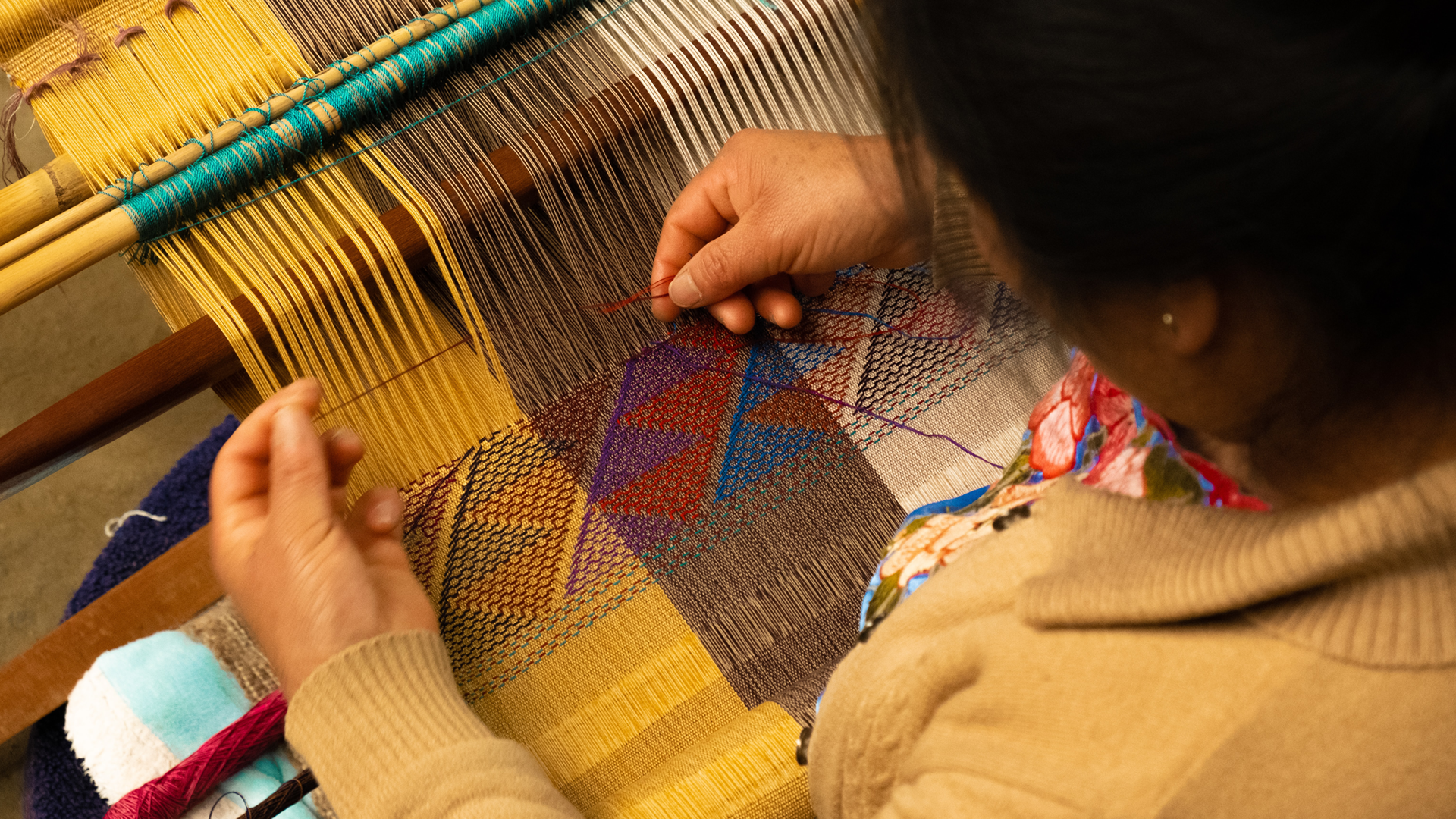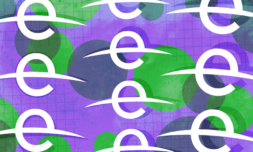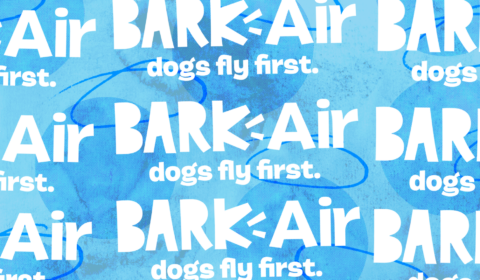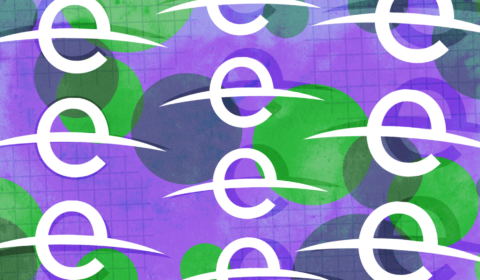Beadwork has remained central to Native North American culture since before colonial contact, but its recent rise on social media is forcing the non-native West to reckon with an image of Indigeneity still trapped in yesteryear.
‘Once upon a long time ago’ chimes Carrie Bradshaw at the opening of Sex and the City 2 ‘there was an island…some Dutch, some Indians and some beads.’
And so goes the myth of New York City’s ‘birth’, so ingrained in the American origin story that it set the stage for a somewhat controversial Hollywood movie. If that isn’t a testament to the media’s sparkly commercialisation of Indigenous culture, I don’t know what is.
But this narrative, that settlers purchased Manhattan Island for just a few beads, has justified the stereotype of Native Americans as a people easily exploited for their lack of business acumen.
Besides assuming all exchange systems must align with those of the White West, it has cemented a fiction of beadwork’s provenance.
In reality, beadwork has remained central to Indigenous culture since before European contact. Prior to the advent of glass beads, which arrived with colonisers, practitioners used naturally available materials such as shell and animal bone to adorn clothing and everyday objects.
Today, this function remains, providing a vital livelihood for Indigenous people. But many young artists are now utilising Instagram as a means of promoting their work.
If you haven’t stumbled across First Nations beadwork on Instagram, you might have spotted their intricate designs – from Baby Yoda patches to brightly hued earrings – in recent articles by VOGUE.
It’s no coincidence that the fashion giant has set its sights on this flourishing craft, a reimagined take on the centuries-old practice that has been lauded for its ‘resilient’ ability to ‘modernise’ and make ‘trendy’ a pillar of Native American history.
And it’s not just VOGUE. As you may have noticed, First Nations material culture is no stranger to the Western fashion circuit.
In 2016, retailer Urban Outfitters reached a settlement with members of the Navajo nation after they filed a 2012 lawsuit over the brand’s ‘Navajo’ collection.
Despite tribal members trademarking the name ‘Navajo’ in 1943, retail giants like Urban, who at the time were enjoying the status of leading Highstreet trendsetters, co-opted the term as part of the early 2010’s ‘neo-Navajo’ trend.
This obsession with all things ‘Native’ peaked with the feathered headdresses and geometric racerbacks of Coachella-bound celebrities.


















